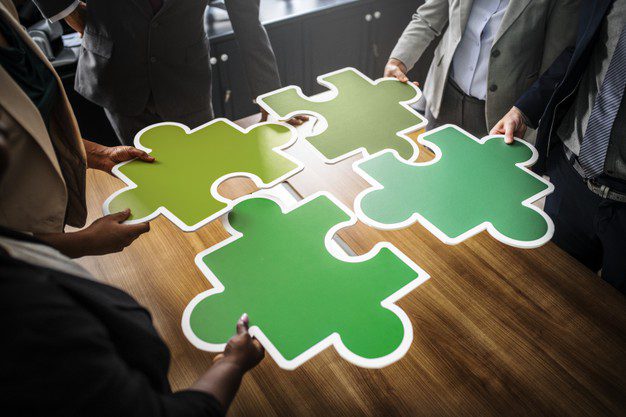What is the digital divide? It can be defined as an “uneven distribution of information and communication technologies (ICTs) in society.” Simply put, our society’s rapid and awe-inspiring technological advances aren’t available to everyone and certainly not at a uniform rate. Technology has and continues to make a lot of peoples’ lives easier. But we must be cognizant that tech is also making a lot of lives harder too.
We have become a society divided into digital “haves” and “have nots.” Are you reading this piece on your phone/tablet/laptop with high-speed internet access? In the past week, have you purchased something on the internet with a few clicks? In case you didn’t realize it…you are part of the digital “haves.”
But let’s concentrate on the digital “have nots.” Let’s discuss those that can’t access information and communication technologies and how the vast majority of the digital “have nots” are also the underbanked and what the payment industry can do to lessen, not widen, this divide.
Who are the underbanked/unbanked?
According to a 2017 FDIC survey, there are 84.8 million unbanked and underbanked individuals in the United States. That means approximately 25% of the U.S. population either does not have a bank account or obtained financial products or services outside of the traditional banking system. That’s equal to roughly the entire population of Canada and Spain combined.
Someone who is underbanked may or may not have banked at some point, possibly is an immigrant from a country where the banking system wasn’t heavily penetrated, or simply doesn’t make enough money where it makes financial sense for them to use a bank.
The rewind effect
The digital “have nots” encounter barriers multiple times, every day, to products and services the majority of the “haves” take for granted. Whether it’s shopping online, learning remotely during a pandemic, or simply streaming a movie with your family, the underbanked/unbanked are the digitally underserved.
Twenty years ago, if you wanted to watch a movie, the banked and the underbanked could have the exact same, seamless, easy experience: walk to the video store, rent a movie, and watch it at home with your family.
Fast forward to 2021. The banked can now stream a movie in a click of a second. But the underbanked are now underserved. Why isn’t this available for all? Well, it’s a connectivity issue (if the consumer has high speed internet access, it might only be on a mobile device) as well as payment mechanism issue.
The digital divide in the payments industry
The underbanked are struggling to keep up in the digital divide. Bills need to be paid, but service providers are making it harder to make payments in cash. The underbanked still need to arrive to work on time using public transportation, but an increasing number of public transit systems are moving to cashless mobile payment solutions. They still need to buy a basic or premium product that is available only online, but the site only accepts credits cards.
The underbanked may not have access to the same products and services as the approximately 75% of Americans do, but they have the same goals and needs. We need to make sure that financial technology innovations are accessible for all, including the cash-preferred, if we have a real chance to help bridge that financial and digital gap.
How can we help bridge the digital divide?
There is no silver bullet to solve the digital divide. But what is crucial is that solutions to bridge the payment gap between the banked and underbanked cannot penalize the user. Prepaid debit cards often come with hefty upfront or maintenance costs. It’s simply not feasible to pay up to $600/year in fees when you are living near the poverty line.
We need to keep asking questions that help identify and break down barriers that are keeping the underbanked underserved. We need to keep working on solutions that make them fully enabled consumers, enriching their lives and connecting them to not only local vendors, but also global enterprise product and service providers.
